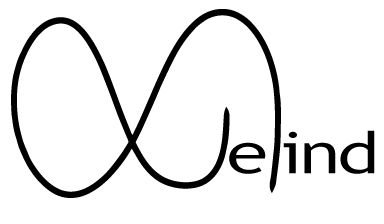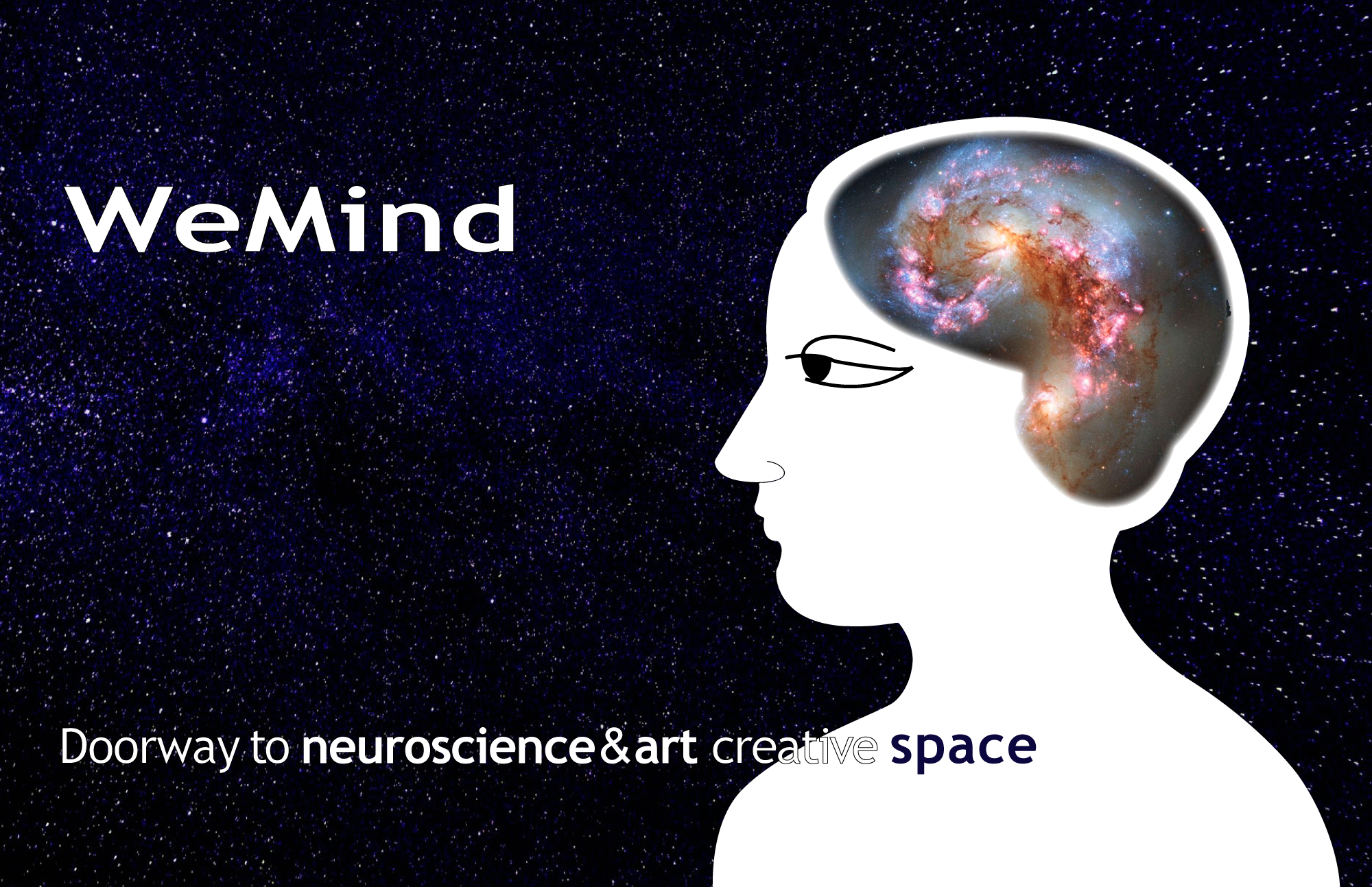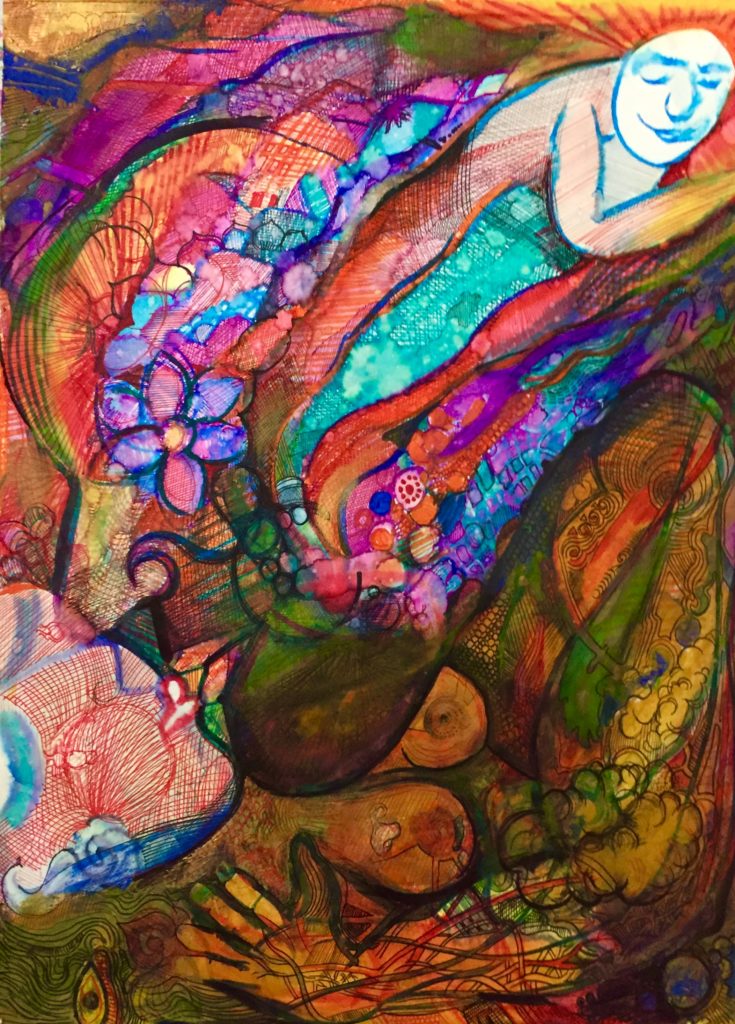What do the Moon and neurons have in common?
As long as our brain is a mystery, the Universe, the reflection of the structure of the brain, will also be a mystery
Santiago Ramón y Cajal
When Galileo turned the telescope he built to the Moon for the first time in the autumn of 1609, he realized that, contrary to the beliefs of the time, the Earth’s natural satellite is not a smooth perfect sphere but has large protuberances, deep hollows and gorges as he himself described it. Following his observations, Galileo produced a beautiful set of six watercolor drawings that represent the first realistic depiction of the Moon in history. He was one of the earliest scientists who relied on illustrations to communicate a scientific discovery.
The hollows that Galileo saw on the Moon surface are generally impacts from other celestial bodies and they are called craters. Since Galileo’s first observations, the geography, or we might say the lunargraphy, of the Moon is still being mapped and new craters being discovered.
On the northern part of the Mare Tranquilitatis, the Sea of Tranquility of the Moon, there is a tiny microscope-objective-lens-shaped crater named Cajal, in memory of the Spanish scientist Santiago Ramón y Cajal.
If a single person is to be regarded as an emblem of neurons, it would be Santiago Ramón y Cajal. Indeed, the word neuron as we understand it today did not exist before 1891 when, after much opposition from the scientific community, Cajal’s careful observations convinced his contemporaries that neurons were true cells.
Santiago Ramón y Cajal was born in the small Spanish village in which the fictional troubadour Manrico and the Conde di Luna (the Count of Moon), of Verdi’s opera Il trovatore, fought on opposite sides not knowing they were brothers. He lived from 1852 till 1934. His father was a respected local doctor and wanted the same for his son. Instead, Santiago was passionate about drawing and photography and he wanted to be an artist. Finding it difficult to avoid his father’s persuasion, Cajal followed in his footsteps and graduated in Medicine eventually becoming Professor of Human Anatomy. He began sketching what he saw during dissections and autopsies but soon his interest focused on microanatomy rather than on the gross anatomy and eventually set up a histology laboratory in his own home.
His knowledge about photography allowed him to improve the staining method developed by the Italian histologist Camillo Golgi and applied it to the nervous tissue. Under the microscope’s lens, the Golgi-stained brain slices Cajal prepared rendered exquisite images of single neurons. Captivated by the beauty of what he saw and with the spirit of making visible to others the invisible world he contemplated in countless hours at the microscope, Cajal produced thousands of highly detailed drawings of the brain cells with unparalleled accuracy that even today are considered among the world’s greatest scientific illustrations. His drawings stand on their own as wonders of graphic art.
Despite using the same technique Golgi and Cajal, who eventually shared the Nobel Prize in 1906, came to different conclusions about how the nervous system functions. Golgi was a supporter of the existing theory of the nervous system as a continuous network of nerve cells without boundaries in between. But Cajal envisioned the network as one in which cells are in touch without touching each other, united and separated at the same time by infinitesimal gaps described by Cajal as “protoplasmic kisses that appear to constitute the final ecstasy of an epic love story”.
The protoplasmic kisses that Cajal sensed are known today as “synapses”. Beyond the synapses as the place where information is transmitted unidirectionally, from the nerve terminal of a neuron to the next cell, shown with arrows in several of Cajal’s drawings, the visionary scientist believed that the presence of strictly organized neuronal circuits is a fundamental characteristic of all brains.
Recently, in March 2018, on the same Moon tattooed with the name of Cajal, around 7000 formerly unknown craters have been discovered using a technological approach inspired by the biology of neuronal circuits called Convolutional Neural Network. Both neurons and the Moon share the essence and the presence of Cajal.





